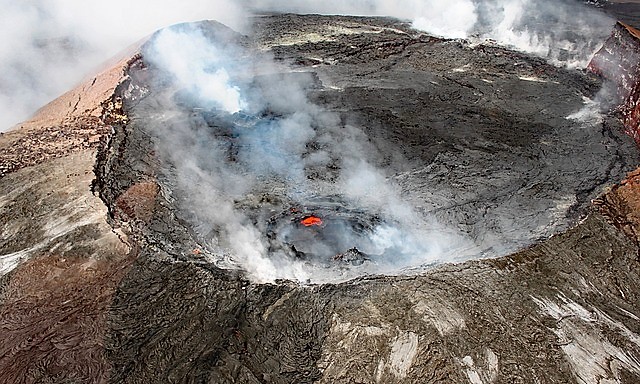Volcano facts | Types of Volcanoes | About volcano in Detail | Volcano Explanation | Introduction of Volcano
About volcano in Detail and Types of Volcano, Volcano information in English, What is the most Dangerous Volcano in the World, Volcano Explanation , Introduction of Volcano,
Volcano Facts, Natural Phenomena in Earth Planet, Volcanoes,
What is Volcano Explain ?
- Volcano Is open in The surface of the earth. When they are active they can escape ash, gas and hot magma Sometimes in violent and spectacular explosions.
- The word volcano The original fire comes from the name of the Roman god, Vulcan.
- Volcanoes are usually tectonic Plates are found.
Hot liquid down the rock The surface of the earth is know as magma, after coming out of the volcano it is call lava.
About Volcano in Detail
- Some of the most famous modern-day volcanic eruptions include Mount Krakatoa in 1883, Novarupta in 1912, Mount St. Helens in 1980, and Mount Pinatubo in 1991.
- While we definitely have some big volcanoes Earth, the largest known volcano in our solar system, is actually on Mars. Its name is Olympus Mons and it is 600 km wide and 21 km high.
- The thing with the most volcanic activity Our solar system has Io, one of Jupiter’s moons.
- Most people consider volcanoes to be large cone-shape mountains but there is only one type, the other has a wide belt. Fisher vents and bulging dome shapes.
Volcanoes are also found on the sea floor and under the icecap, as seen in Iceland.
Introduction of Volcano
- Hot magma, famous eruptions, volcanoes on other planets, volcanic gases, flowing lava and more. Enjoy our wide range of fantastic and interesting facts about Volcanoes. Volcanoes are expose in the surface of the earth. When they activate it, gas and hot magma go inside. Sometimes violent and spectacular eruption occur.
- The word volcano is derive from the original Roman name God of fire, Vulcan.
- Volcanoes are usually located where tectonic plates meet. This is especially true for the Pacific Ring of Fire. The area around the Pacific Ocean where more than 75% of the world’s volcanoes are found.
- While most volcanoes form near tectonic boundaries, they also form in areas with unusually hot rocks within the Earth. Known as mantle plums, this hotspot is found In a number of places around the world with Hawaii not having the most tables.
- The hot liquid rock under the earth’s surface is know as magma. It is call lava after coming out of the volcanoes.
Types of Volcano
- cinder cones (also called spatter cones),
- composite volcanoes (also called stratovolcanoes),
- shield volcanoes.
- Most people consider volcanoes to be large cone-shape mountains but there is only one type, the other has a wide belt. Fisher vents (cracked lava erupting) and beaded domes Shapes.
- Volcanoes can be active (regular activity), dormant (recent historical activity but now quiet) or extinct (no activity in its terrible time and unlikely to erupt again). While these terms are useful, scientists are more likely to describe volcanoes Characteristics of how they form, how they explode and what their shape is.
- Common volcanic gases include water vapor, carbon dioxide, sulfur dioxide, hydrogen chloride, hydrogen fluoride, and Hydrogen sulfide.
- Volcanic eruptions can send ash into the air 30 km (17 miles) above the earth’s surface.









No comments: